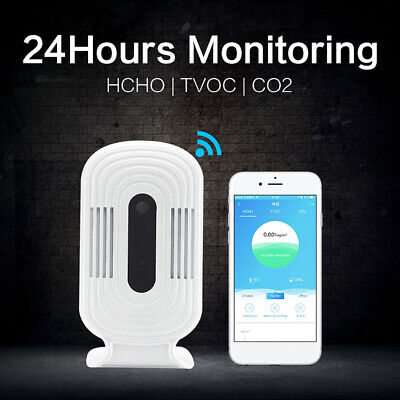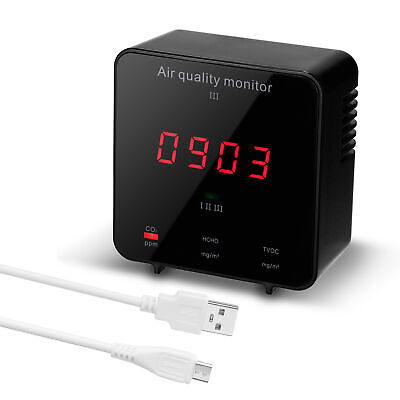I'm experimenting with minimal air exchange to keep humidity and temperature up in the winter. No one seems to know how much air exchange is needed, the answers are all over the place and there are always variables. I know from experience that I can use much less ventilation than many/most people say, but I'd like to know what my co2 levels are. I'm thinking about an Autopilot APCEM2, APCEMDL, or possibly the new InkBird ICC-500T.
Does anyone now if cheap monitors like these are any good?



Does anyone now if cheap monitors like these are any good?

Smart WiFi Dioxide Meter CO2 HCHO Monitor Indoor Air Quality Analysis Detector | eBay
Find many great new & used options and get the best deals for Smart WiFi Dioxide Meter CO2 HCHO Monitor Indoor Air Quality Analysis Detector at the best online prices at eBay! Free shipping for many products!
www.ebay.com

Indoor Air Quality Monitor CO/HCHO/TVOC Tester CO2 Meter Gas Analyzer | eBay
Detectable substance: CO, CO2, HCHO, TVOC, AQI. Detectable substance: CO, CO2, HCHO, TVOC, AQI. We all know that air is an indispensable part of our lives. 1 Air Quality Detector. Battery: 1 lithium battery, 1000mAh (included).
www.ebay.com

Air Quality Monitor Carbon Dioxide CO2 Meter Formaldehyde HCHO TVOC Detector | eBay
Find many great new & used options and get the best deals for Air Quality Monitor Carbon Dioxide CO2 Meter Formaldehyde HCHO TVOC Detector at the best online prices at eBay! Free shipping for many products!
www.ebay.com
